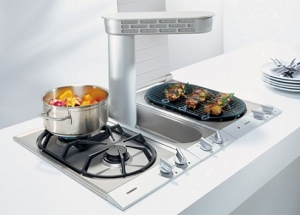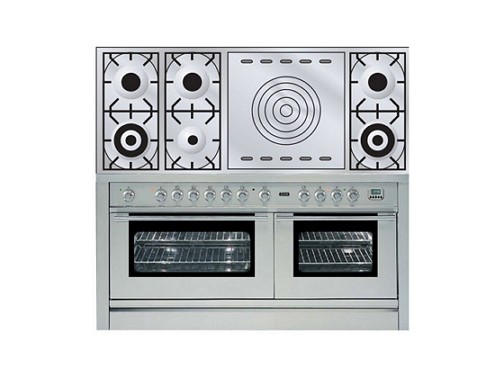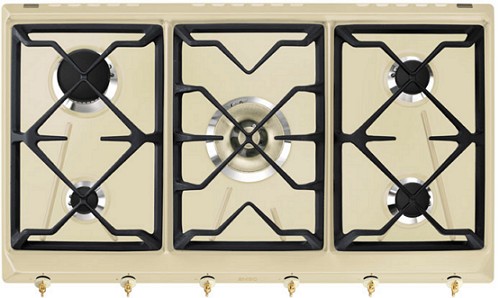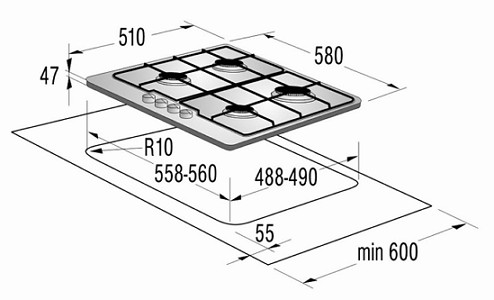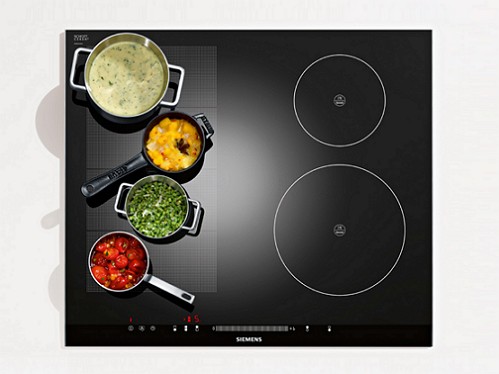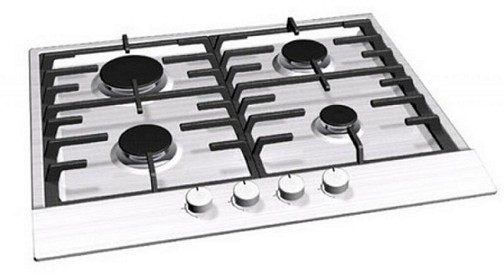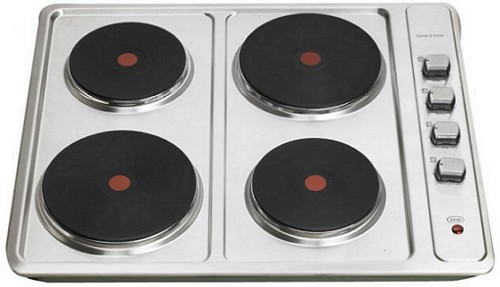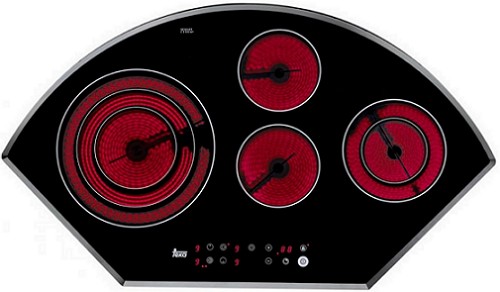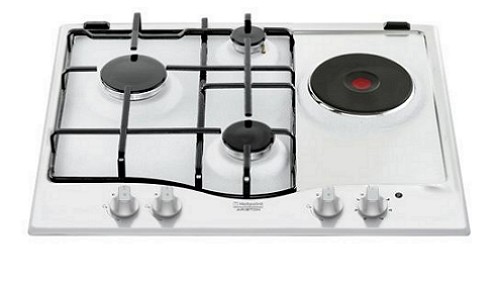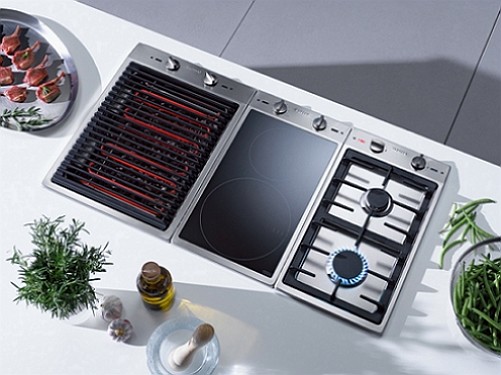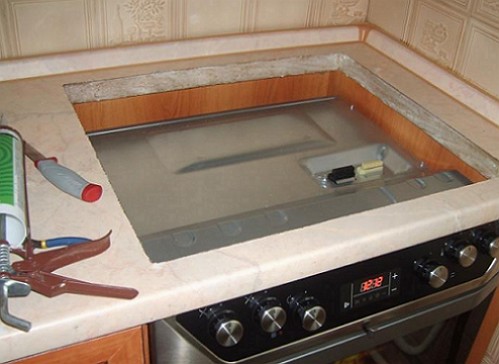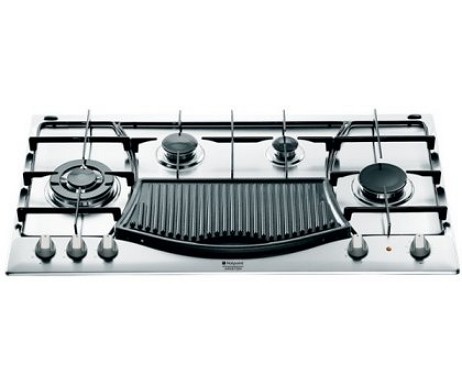Old-fashioned, obsolete gas stoves, gradually give way to a "warm" place in the kitchen hobs. By what criteria should you choose cooking panels for subsequent installation in an apartment?
Content
Without which the kitchen can not do without
If you remember exactly what achievements of technical progress settled in the kitchen, then for the hob necessarily there is a place.
All these food processors and microwave ovens, as well as multivarks and blenders, give way to the cooking panel because of its daily hard work. After all, thanks to hobs ariston, electrolux, bosch cooking becomes comfortable and fast. Moreover, manufacturers of household appliances helpfully divide the stove into two parts: the surface of the cooking hob and the wind cabinet.
Compared with traditional gas surfaces, the gas cooker has undeniable advantages:
• speed of response to temperature conditions
• original design
• rate of heating and heating
• the degree of safety.
Therefore, when choosing a hob it is necessary to remember such selection criteria.
What is a hob
The cooking panel is a flat structure up to 7 cm thick with installed gas burners or burners. The hob can be installed (cut in the same way as a sink) in the countertop. And the location of the built-in hob panel is recommended to be made at a distance of 150 mm. up to a wall or kitchen furniture for gas hobs and 40 mm. for electrical.
Types of cooker panels
The working surfaces of the cooking panels are divided into types:
• gas
• electrical
• combined.
gas
For gas hobs, gas burners are used as heating. The power of gas burners can reach 3500 W. In most cases, the gas hobs are equipped with rotary switches. A solid set of built-in functions hob gas panels are not particularly different. This is a security system "Gas control" with automatic shutdown of gas supply in an emergency situation.
However, the variety of external design successfully replaces the minimalism and laconism of the built-in functions. It is familiar to the captious look of the hostess enamel and stainless steel, as well as stylish glass ceramics. The glass ceramic hob attracts attention with a stylish and creative design instantly.
electrical
In electric panels, the heating element is cast iron or ceramic pancakes. The cooking hobs are divided according to the type of heating element into the following types:
• Induction
• halogen
Induction cooktops are considered more economical. The whole secret lies in a special unit, which provides heating only to the bottom of the cookware. This reduces the consumption of electricity and cooking or heating time.
Electric cooktops are also distinguished by the type of fabrication material. It can be aluminum or stainless surfaces, as well as glass ceramics. The only drawback of electric hobs is the thermal inertia of the burners, they heat up for about one minute, but they cool down long enough.
combined
And, at last, the most perspective model of a hob is the combined panels. Combined panels perfectly combine the "warmth" of gas burners and an electric heating element. Almost like in a fairy tale: to the right of the hostess - gas burners on the panel, to the left - electric.
It is enough just to wave, or rather press the necessary magic button, and a fragrant dinner is already on the table. Those who do not believe can buy a combined hob panel and make sure that the cooking comforts themselves.
By the way, when choosing a hob, the apparent simplicity of the design of these or other panels is very deceptive. You need to look deeper, or rather in the instruction manual with technical parameters.
How to choose a hob
Conditionally hobs are also divided into dependent and independent. This "dependence" can be traced from the presence or absence of the oven. Catch it? This means that the cooking control panel is on the oven, but there are no buttons or knobs on the panel. It turns out that this arrangement of handles is very convenient.
When selecting and subsequently purchasing a dependent set, it is not recommended to use incompatible components of different manufacturers. Manufacturers propose to use the compatibility table, which specifies the names of hobs that are suitable and compatible with the oven.
Therefore, prefer the panel to the cooking and oven to one manufacturer. If you prefer "independence", then in this case let the "cooking panel" and the windlass cabinet be "independent". True, such independence will not be cheaper than household appliances of one firm.
Connecting the cooker panel
Before connecting the hob and oven, it is necessary to familiarize yourself with its technical characteristics, capabilities, main buttons and switches. Then it is necessary to analyze the electricity supply to the kitchen in order to calculate the power when connecting household appliances.
Recall that the electric cooker consumes 7 kW, and the oven - 3 kW. Therefore, to ensure electrical safety it is necessary to lay a cable with a section of 4 mm. for the hob, and for the oven - 2.5 mm.
The panel is powered by a separate group of cables with the installation of a circuit breaker.
To avoid unnecessary commutation, it is advisable to connect the hob with power supply to its terminals. Preference should be given to the cable PVS 3x4 for connecting the cooker panel 220 V. Or PVS 5x4 for connection 380 V.
Make mandatory earthing of household appliances, eliminating the possibility of electric shock. The hob is designed for single-, double-, and three-phase connection to the mains. The power supply features of the instruments depend on the class and model.


